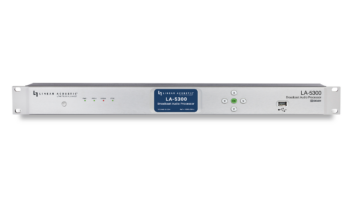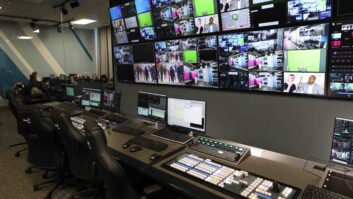IBC’s annual Loudness Breakfast heard that while considerable progress was being made in TV broadcasting in Europe and North America, much more work needed to be done in radio and especially in cinemas.
Florian Camerer, ORF’s senior engineer, told delegates that adoption of the EBU’s R128 recommendations was expanding throughout Europe. Additionally, new amendments to R128 now included Maximum Momentary Loudness and Maximum Short-term Loudness “to help tame commercials”.
Duncan Todd, from South African audio training specialists Asikhule, outlined the progress achieved over the past year or two, not least the country’s first ‘Loudness Summit’, which attracted some 250 participants.
Dolby’s Jeff Riedmiller said the FCC’s ‘Calm Act’ (Commercial Advertisement Loudness Mitigation) introduced in December 2013 had made a huge difference in the number of viewer complaints, from almost 5,000 a year in 2012 to just 656 in 2013. But he stressed that complaints from the creative community had risen significantly, and that broadcasters were crudely “squashing everything down” in order to be compliant, but without consideration for the original source audio. “We need more training,” said Reidmiller.
The most dramatic challenge was outlined by Eelco Grimm from the University of Utrecht, who said a recent study had shown almost a complete lack of use of the key reference levels in cinemas. Belgium’s Flemish government in January 2014 implemented tough new rules following a tragic incident when a woman had permanent ear damage following a screening of Inception at extremely high audio levels.
But Grimm said this was not the solution. The university examined some 155 movies from last year’s Dutch Film Festival and found huge variations in audio output levels. A separate study, in Belgium, of Hollywood movies screened at a Multiplex found similar challenges in the theatres. “Movie loudness can vary by 12dB, so the obligatory setting options for the projectionist are inadequate.
Nor do the projectionists go into the room and listen! They don’t have time.”







